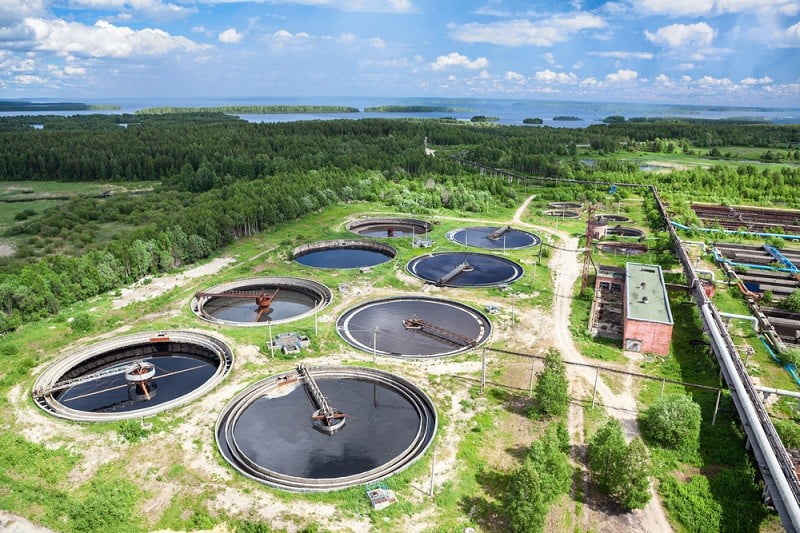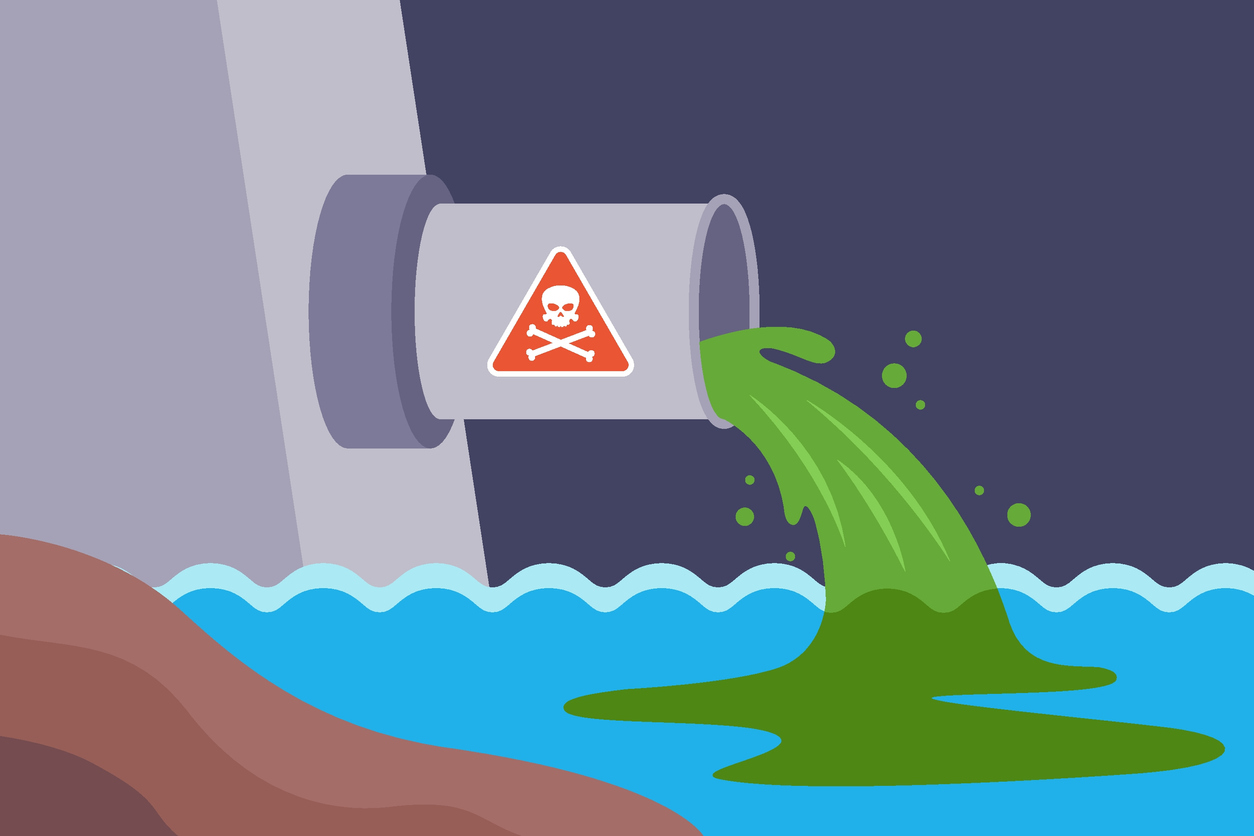Leading Liquid Waste Disposal Melbourne: Trusted Services for Appropriate Waste Monitoring
Wiki Article
Exactly How Fluid Garbage Disposal Works: An In-depth Review of Strategies and Technologies Utilized

Review of Liquid Waste Kind
The complexity of liquid waste types necessitates a thorough understanding of their qualities and effects for disposal. Liquid waste can extensively be categorized right into several kinds, consisting of commercial, municipal, agricultural, and contaminated materials. Each classification shows unique homes, needing particular administration techniques to reduce environmental and health and wellness risks.
Industrial liquid waste originates from manufacturing procedures and commonly consists of a variety of contaminants, such as hefty steels, solvents, and natural compounds. Local fluid waste, primarily making up wastewater from families and commercial establishments, consists of raw material, nutrients, and virus (industrial wastewater treatment). Agricultural fluid waste, including overflow from farms, might contain fertilizers, chemicals, and pet waste, positioning risks to water top quality and ecosystems
Unsafe liquid waste is characterized by its toxicity, sensitivity, or prospective to trigger damage. This classification consists of substances like acids, bases, and certain chemicals that demand rigorous handling and disposal protocols. Recognizing these varied fluid waste types is essential for developing reliable disposal techniques and making sure compliance with ecological policies. Correct classification and characterization are crucial for executing ideal treatment techniques and lessening the unfavorable influences on public health and wellness and the setting.
Physical Treatment Approaches

Screening is the initial step, where larger fragments and debris are gotten rid of from the fluid waste making use of screens or grates. In sedimentation containers, much heavier particles work out at the base, developing a sludge layer, while the made clear liquid can be further dealt with.
Filtration is another important approach that entails passing the liquid with porous products, such as sand or membrane layers, to catch smaller sized particles. This action improves the high quality of the fluid, making it ideal for succeeding therapy processes.

Chemical Therapy Techniques
Chemical therapy techniques are vital for effectively taking care of liquid waste, particularly in resolving dissolved and colloidal contaminants that physical techniques may not effectively get rid of. These strategies utilize various chemical representatives to counteract, speed up, or transform harmful substances right into less dangerous forms.One common method is coagulation and flocculation, where chemicals such as alum or ferric chloride are contributed to advertise the aggregation of suspended particles. This process enhances sedimentation, enabling for simpler removal of the resulting sludge. Additionally, oxidation processes, utilizing agents like chlorine or ozone, are utilized to damage down complex organic compounds and pathogens, rendering the waste safer for discharge or further treatment.
Neutralization is an additional vital strategy, which readjusts the pH of acidic or alkaline waste streams to neutral degrees, preventing possible injury to downstream systems and the setting. In addition, advanced oxidation procedures (AOPs) use mixes of oxidants and ultraviolet light to break down consistent contaminants, achieving a higher level of therapy effectiveness.
Biological Therapy Processes
Organic therapy procedures play an essential function in the administration of fluid waste by using microbes to break down raw material and decrease pollutant degrees. These processes can be extensively classified right into anaerobic and cardio therapies, each using particular microbial communities to attain reliable waste destruction.Cardiovascular therapy entails making use of oxygen to assist in the failure of organic materials by germs. This procedure is generally implemented in triggered sludge systems, where aeration tanks offer a helpful environment for microbial growth, resulting in the oxidation of natural toxins. The resultant biomass can be separated from dealt with effluent through sedimentation.
In comparison, anaerobic therapy happens in the absence of oxygen, depending on various microorganisms to damage down raw material. This method is particularly helpful for high-strength waste, as it creates biogas, a renewable resource source, while reducing sludge manufacturing. Technologies such as anaerobic digesters are regularly employed in commercial and municipal applications.
Both cardio and anaerobic biological therapies not only reduce the ecological impact of fluid waste however also facilitate source healing, making them important parts of lasting waste management approaches. Their flexibility, performance, and effectiveness sustain their prevalent execution throughout numerous sectors.
Emerging Technologies in Disposal
Ingenious strategies to fluid garbage disposal are swiftly progressing, driven by advancements in innovation and an increasing focus on sustainability. Amongst these arising modern technologies, membrane bioreactors (MBRs) have gotten grip for their ability to incorporate organic therapy with membrane layer filtering, leading to high-grade effluent that can be recycled in different applications. MBRs enable smaller impacts and extra effective operations contrasted to traditional systems.An additional appealing growth is using anaerobic liquid waste disposal digestion integrated with nutrient healing innovations, which not just deals with liquid waste however also generates biogas and recuperates beneficial nutrients like nitrogen and phosphorus. This double benefit improves resource efficiency and decreases ecological influence.
Furthermore, advanced oxidation processes (AOPs) are being taken on for the degradation of complex organic pollutants. These approaches make use of powerful oxidants and drivers to damage down contaminants at the molecular degree, using a highly efficient service for challenging waste streams.
Moreover, the assimilation of expert system and device understanding in waste monitoring systems is maximizing operational performance and predictive upkeep, causing decreased costs and enhanced ecological conformity. These modern technologies mirror a substantial shift towards more sustainable and effective fluid garbage disposal techniques.
Conclusion
In final thought, reliable liquid waste disposal requires a comprehensive understanding of various methods and modern technologies. By constantly advancing these methods, it becomes possible to address the expanding difficulties connected with fluid waste, ultimately adding to ecological security and source recuperation.Liquid waste disposal is a critical aspect of environmental management, calling for an extensive understanding of different methods and innovations customized to different waste types. Liquid waste can generally be classified into a number of types, consisting of commercial, community, farming, and dangerous waste. Agricultural liquid waste, including overflow from ranches, might consist of fertilizers, pesticides, and animal waste, presenting risks to water quality and ecological communities.
Various physical treatment approaches play a vital duty in handling fluid waste effectively - industrial wastewater treatment.In conclusion, efficient fluid waste disposal requires a thorough understanding of different methods and innovations
Report this wiki page